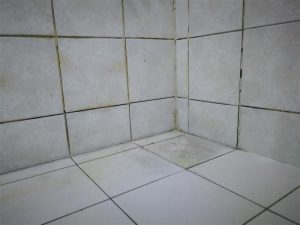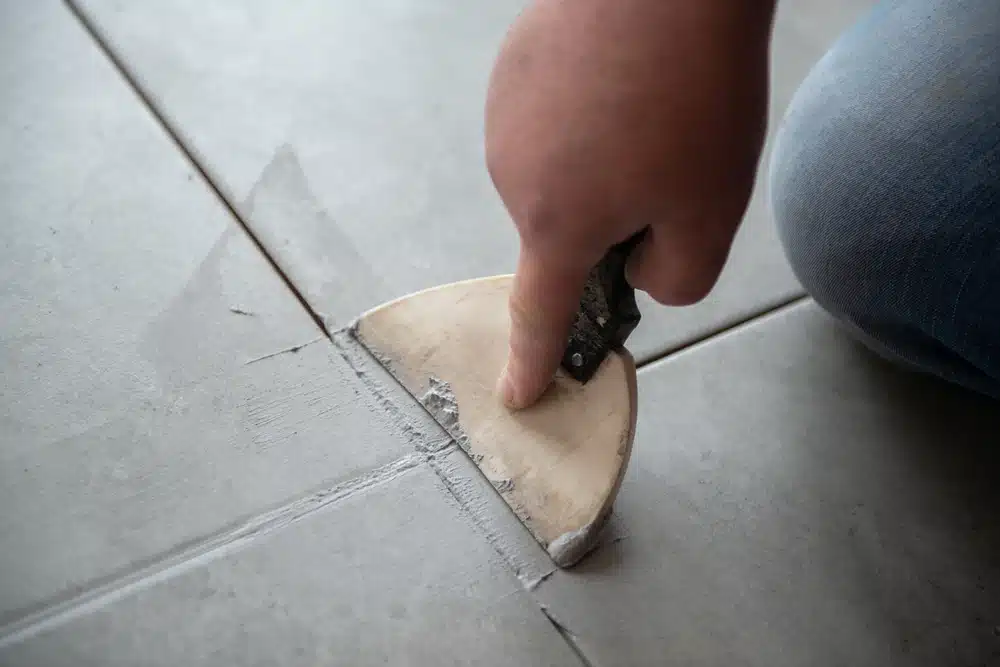
Menu
Edit
ADDRESS
Pidilite Industries Ltd,
Ramkrishna Mandir Road,
P.O. Box No. 17411,
Andheri (East) Mumbai – 400059
Check out the biggest trends of the season and our expert take on them.

The longevity and appearance of your tiling project depend on your choice of cement tile grout whether you are laying tiles in your bathroom, kitchen or outside area. This is a quick guide to assist in your selection of the appropriate cement tile grout for your project.
Cement for tile grout is made from a concoction of cement, water, occasionally sand and additives. Its adaptability, strength, and simplicity of use make it rather popular in tiling projects. Sanded and unsanded are two main varieties of cementitious grout. Sanded grout, which includes sand particles, is used for broader joints, usually, 1/8-inch or more. For less than 1/8-inch wide, smaller joints, unsanded grout is smoother.
The location of your tile installation determines the appropriate grout cement choice in great part. For places prone to moisture, like bathrooms and kitchens, call for a grout resistant to mould and water. For these places, cement tile grout with additional polymers can improve water resistance and flexibility. Make sure the grout for outdoor projects can endure temperature fluctuations and weather.
The colour of grout cement for tiles could affect the general appearance of your project. There is a great variety of grout colours that lets you either match the tile colour or create a contrast. Matching colours helps the tiles seem bigger and produces a smooth appearance. Conversely, contrasting colours can accentuate the tile pattern and provide visual appeal. When selecting a colour, take tile colour, intended visual impact, and staining possibility into account.
Whether you want unsanded or sanded grout will depend on the breadth of the tile joints. Sanded grout is recommended for larger joints (1/8 inch or more) since it is more resilient and less likely to crack. For smaller joints, unsanded grout is perfect since it offers a smooth surface free of the gritty feel of sanded grout.
Various projects can call for grout with specific performance qualities. For example, grout with great compressive strength and abrasion resistance helps high-traffic areas such as commercial spaces and hallways. A grout with extra flexibility will help to minimise cracking and damage if the region is likely to move or vibrate.
Another crucial consideration is the ease of application. Though some products may need sealing to improve their durability and stain resistance, cementitious grout is rather easy to prepare and apply. Particularly in high-humidity environments, grouting helps guard the grout from moisture, stains, and mould. attractiveness also for easily cleaned and maintained grout to guarantee the lifetime and attractiveness of your tiled surfaces.
Selecting the appropriate cement tile grout means weighing several elements like location, joint width, colour, performance qualities, and application simplicity of use. Understanding these elements and choosing the suitable grout cement for your tiles will help you to guarantee a successful tiling project that is both aesthetically pleasing and strong. Whether your bathroom, kitchen or outdoor area’s tiles are grout cement, the correct selection will help your tiled surfaces last and look great.